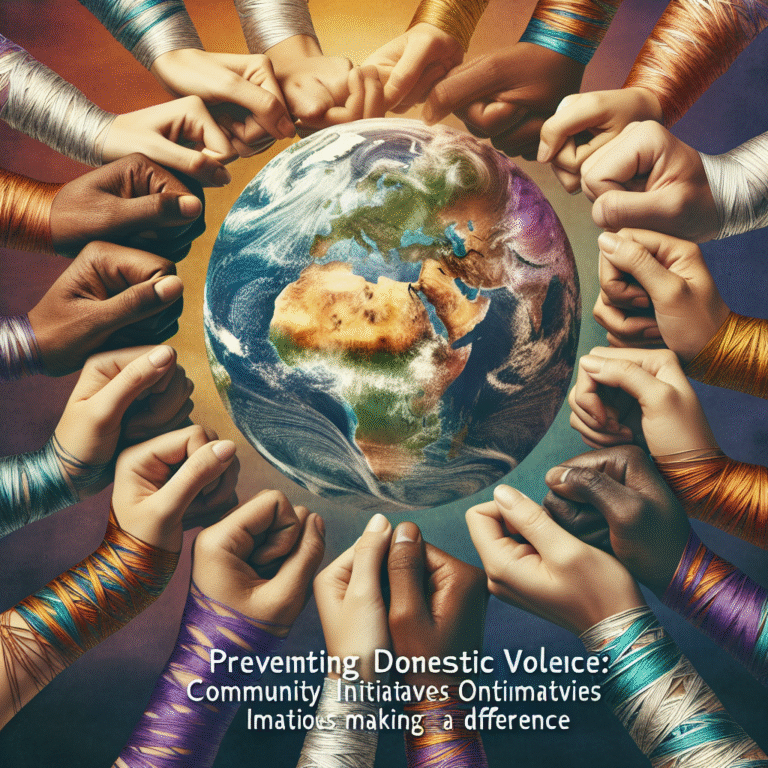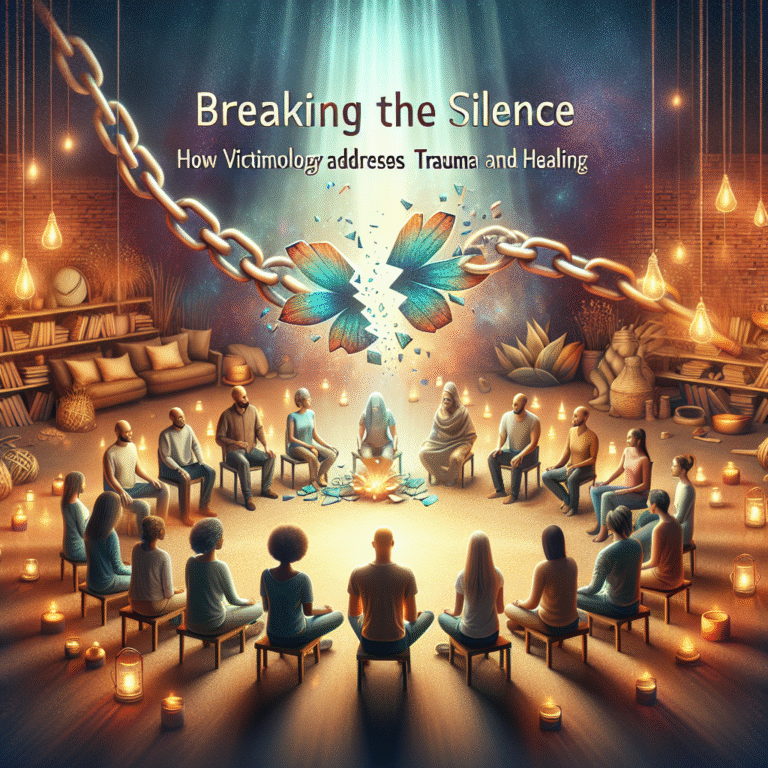
Introduction
Every year, millions of individuals find themselves trapped in the vicious cycle of domestic abuse. Yet, amid this darkness, there exists a profound reservoir of strength and resilience. The stories of survivors illuminate the path toward healing, showcasing how they reclaim their narratives. Survivor Stories: Finding Strength and Healing After Domestic Abuse serve not only as a testament to the human spirit but also as a beacon of hope for those still facing adversity. In this article, we delve deep into these compelling accounts, aiming to inspire, motivate, and educate. Dive in as we explore the intricacies of recovery, empowerment, and the enduring battle for a life filled with love and safety.
The Cycle of Abuse: Understanding the Patterns
Before we immerse ourselves in survivor stories, it’s crucial to understand the context within which these experiences unfold. Domestic abuse is often characterized by a cycle consisting of three main stages:
- Tension Building: Intense emotions surface, with minor incidents of verbal or emotional abuse.
- Explosion: This stage sees the abuser unleash their rage through physical or severe emotional abuse.
- Honeymoon Phase: The abuser may show remorse, making promises of change, luring the victim back into a false sense of security.
Table 1: The Cycle of Abuse
| Stage | Description |
|---|---|
| Tension Building | Accumulation of stress and anxiety; minor incidents of control and criticism. |
| Explosion | Peak of violence; physical and/or emotional attacks occur. |
| Honeymoon Phase | Temporary ceasefire; promises of reform; gift-giving and affection. |
Understanding this cycle is vital for recognizing the challenges survivors face, and it also highlights the transformative journeys many undertake.
Survivor Stories: A Journey to Healing
Case Study 1: Maria’s Story
Maria was married for eight years to her partner, who initially showered her with affection. Over time, he became controlling and abusive, isolating her from friends and family. After enduring years of trauma, Maria decided to reach out for help. With the support of a local shelter, she began to rebuild her life.
Analysis
Maria’s journey reflects the sheer bravery in breaking the cycle of abuse. Seeking help didn’t come easily, yet it marked the first step toward reclaiming her life. Her story is one of empowerment—a powerful reminder that reaching out is a crucial component of the healing process.
Case Study 2: James’s Transformation
James experienced domestic abuse from his intimate partner, a reality not often discussed—a male survivor’s perspective. After a particularly violent incident, he sought therapy and joined a support group for men. Through sharing and hearing stories from others, James found strength in vulnerability.
Analysis
James’s experience sheds light on the need to broaden the dialogue around domestic abuse. Healing often begins with acknowledgment and support, irrespective of gender. His story is a critical reminder that anyone can be a survivor.
The Role of Community and Support Systems
Finding Your Tribe
The road to recovery is not one traveled alone. Survivors often find solace in community groups, support networks, and therapy. These connections can help validate experiences and foster resilience.
Peer Support Groups
Speaking with others who have faced similar challenges provides not only comfort but also actionable advice. For many, sharing their stories becomes an integral part of the healing process.
Table 2: Benefits of Community Support
| Benefit | Description |
|---|---|
| Emotional Support | Understanding from those who have similar experiences. |
| Shared Resources | Access to information about legal aid, counseling, etc. |
| Building Confidence | Encouragement in redefining one’s self-worth. |
Finding Strength Through Self-Care
The Importance of Self-Compassion
Survivors often struggle with feelings of guilt and shame. Practicing self-compassion is essential for healing. It involves treating oneself with kindness, especially in times of distress.
Healing Through Creative Expression
Art, writing, and music can serve as powerful healing tools. They allow survivors to express emotions that might be difficult to vocalize, creating an outlet for pain and a pathway to healing.
Survivor Stories: Resilience in Action
Case Study 3: Emma’s Artistic Journey
After escaping a physically abusive relationship, Emma took up painting. She began using her art as a medium to process her trauma. Her exhibit, “Broken but Beautiful,” resonated with many, and she became a voice for other survivors through her work.
Analysis
Emma’s story exemplifies how creative expression can facilitate healing. By sharing her artwork, she not only helped herself but also empowered others to confront their abuse and begin their healing journeys.
Case Study 4: David’s Advocacy
After overcoming emotional abuse, David turned his focus to advocacy. He started local workshops to educate others about recognizing unhealthy relationships and rebuilding self-esteem.
Analysis
David’s advocacy work demonstrates the transformative power of survivor stories. By sharing his experience, he helps others navigate their paths to healing, pushing for a community committed to support and awareness.
The Long Road to Healing: Thriving After Trauma
Establishing Boundaries
Survivorship doesn’t stop at leaving an abusive relationship; it also involves learning to establish healthy boundaries. Survivors need to prioritize their well-being by setting standards for future relationships.
Seeking Professional Help
Therapy, whether through individual sessions or group settings, plays a pivotal role in recovery for many. A mental health professional can provide the tools necessary to rebuild and redefine one’s identity outside of the trauma experienced.
Conclusion
The path to healing after domestic abuse is not linear, nor is it straightforward. Survivor Stories: Finding Strength and Healing After Domestic Abuse highlight the resilience, determination, and bravery inherent in each survivor’s journey. As we digest these narratives of strength, we should remember that healing is multifaceted—rooted not just in personal determination but in wider community support, understanding, and advocacy. If you or someone you know is struggling, reaching out for help is the first step toward reclaiming the life you deserve.
FAQs
1. What is domestic abuse?
Domestic abuse includes any behavior by a partner that causes physical, emotional, or psychological harm. It can also involve financial or sexual abuse.
2. How can I support someone who has experienced domestic abuse?
Offer a listening ear, validate their feelings, and provide resources. Encourage them to seek professional help without pressuring them to leave the relationship.
3. Can men be victims of domestic abuse?
Yes, men can be victims. Domestic abuse affects individuals of all genders, and it’s essential to create a supportive environment for all survivors.
4. What resources are available for survivors?
There are many organizations offering support, including hotlines, shelters, and counseling services. Local community centers often have resources tailored to survivors.
5. How can I rebuild my life after leaving an abusive relationship?
Focus on self-care, build a support network, and consider seeking professional guidance. Setting realistic goals for personal growth and healing is vital.
In conclusion, Survivor Stories: Finding Strength and Healing After Domestic Abuse encompass the essence of resilience and the journey toward empowerment. Each narrative offers concrete lessons on healing, advocacy, and the strength within all of us to rise above adversity.


















